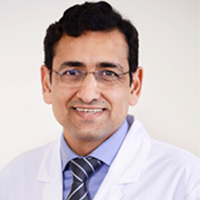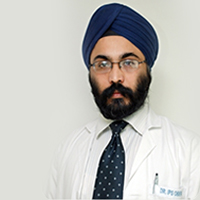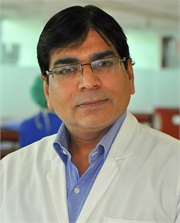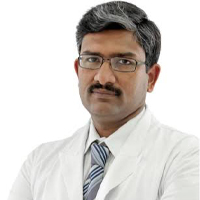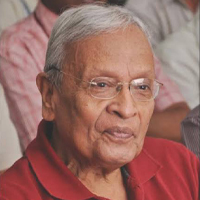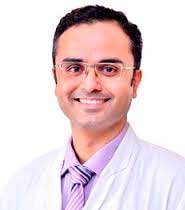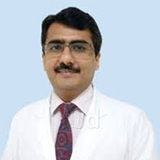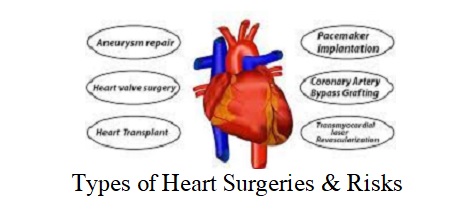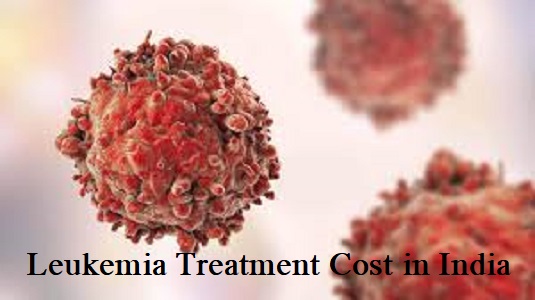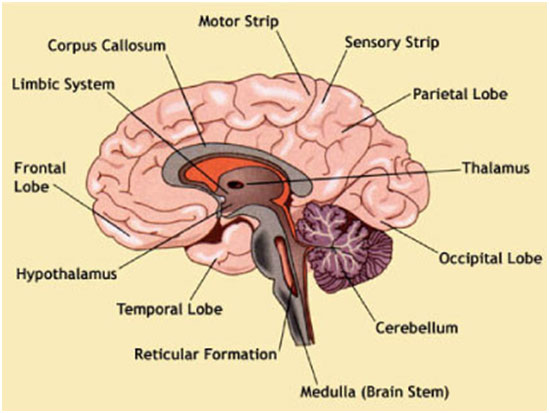 A brain tumor is also known as an intracranial tumour, is an abnormal mass of tissue in which cells cultivate and spared irrepressibly. It is uncontrolled by the mechanisms that regulate normal cells in the brain. According to the National Brain Tumour Society, there are more than 120 different types of tumour, the two main groups of brain tumours are called primary and metastatic. Some are cancerous (malignant) and some are non-cancerous (benign).
A brain tumor is also known as an intracranial tumour, is an abnormal mass of tissue in which cells cultivate and spared irrepressibly. It is uncontrolled by the mechanisms that regulate normal cells in the brain. According to the National Brain Tumour Society, there are more than 120 different types of tumour, the two main groups of brain tumours are called primary and metastatic. Some are cancerous (malignant) and some are non-cancerous (benign).
Types of tumours
- Primary brain tumours originate from the tissue of the brain. This tumour is classified by cell type or they grow first in the brain. For example, astrocytomas develop in star-shaped cells called astrocytes. Pituitary tumors originate in the pituitary gland in the inferior part of the brain. The most widespread primary brain tumour is called gliomas, which are found in glial (accessory) tissue. Around one-third of all primary brain tumours and other nervous system, tumours are formed of glial cells.
- Further, Metastatic brain tumours contain tumours that create anywhere in the body (like lungs and breast) and drive to the brain, generally through haemorrhage. Metastatic tumour is measured tumorous and malignant.
- Chordomas are the benign tumour, slow-growing tumours that are most widespread in persons between 50 and 60 years of age. Their most communal places are the base of the skull and the subordinate fragment of the backbone. Although these lumps are benign, they can conquer end-to-end bone and employ compression on nearby nerve tissue. These are erratic tumours, which subsidize to only 0.2 % of all prime brain tumours.
- Craniopharyngiomas are the kind of tumour which is hard to eradicate due to their position near vital structures bottomless in the brain. They generally create a part of the pituitary gland. This controls numerous hormones in the body, so nearly all patients will require some hormone replacement therapy.
- Gangliocytomas, anaplastic gangliogliomas, and gangliomas, are infrequent tumours that comprise neoplastic nerve cells that are comparatively well distinguished, chiefly in early adults.
- Glomus jugulare tumours are most often benign and are often positioned just beneath the base of the skull, at the upper of the jugular vein. They are the most usual sort of glomus tumour. However, they contribute only 0.6 percent of the skull and neck neoplasm.
- Meningiomas are the intracranial tumour, embracing 10 to 15 % of all brain neoplasm, although a minor percentage are malignant. These tumours create from meninges, membrane-like structures that are on the edge of the brain and spinal cord.
- Pineocytomas are regularly benign lesions that create from pineal cells, mainly occurring in adults. They are well defined non-dominant, homogeneous, and slow rising.
- Ependymomas are accountable for a neoplastic transformation of appendimal cells lining the ventricular system and two to three percent of all brain tumours.
- Glioblastoma multiform (GBM) is the most aggressive kind of glial tumour. These lumps grow rapidly, blowout to other tissues, and cause a bad prognosis. They may be self-possessed of numerous diverse kinds of cells, like as astrocytes and oligodendrocytes. GBM is more communal in individuals aged 50 to 70 and is more dominant in men compared to women.
- Medulloblastoma generally rises in the cerebellum, utmost in children. They are high-degree tumours, but they are frequently accountable for radiation and chemotherapy.
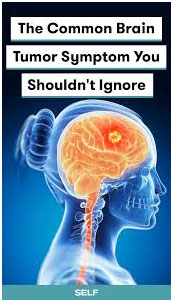 Symptoms of brain tumours vary based on the kind, size, and exact position in the brain. Following are some communal signs and symptoms-
Symptoms of brain tumours vary based on the kind, size, and exact position in the brain. Following are some communal signs and symptoms-
Headaches– It is a communal symptom affecting about 50 % of persons with brain tumours. A lump in the brain can pressure-sensitive nerves and blood vessels which cause headaches. It hurts more when you wake up in the morning and also awaken the patient at night. Headache gets inferior when you cough, exercise, or change location.
Seizures- Brain tumours can emphasize nerve cells in the brain. This can inhibit electrical signals and outcomes in a seizure. A seizure considers the primary sign of a brain tumour, but it can arise at any phase. Around 50 % of individuals with brain tumours experience at least 1 seizure.
Personality changes or mood swings– A brain tumour can disrupt brain role which affects your personality and behavior. They can also origin mysterious mood swings. You will get easily irritated, in one minute you are happy and the next, you are opening arguments for no seeming reason. These changes can happen quickly in the brain tumour.
Memory loss and confusion– Memory problems can be triggered by a tumour in the frontal or temporal lobe. A tumour in the anterior or parietal lobe can similarly affect decision making and reasoning. It can occur at any stage with a brain tumour.
Fatigue– Fatigue is more than a tired feeling. You are entirely tired most or all the time, you feel feeble overall. You usually find yourself sleeping in the mid of the daytime.
Depression– It is a public symptom in individuals who have been diagnosed with a brain tumour. You experience grief that lasts longer than usual for the state. Loss of interest, not able to focus.
To get the best price, Book your appointment at : +91-9643443814
For fast track query reply, Email us at : care@alafiyameditour.com


